Shout at the Devil by Mötley Crüe
Buy Shout at the Devil Shout at the Devil is the point where Mötley Crüe‘s musical range widened and the perfect template for “hair metal” was forged for the coming years. Coming nearly […]
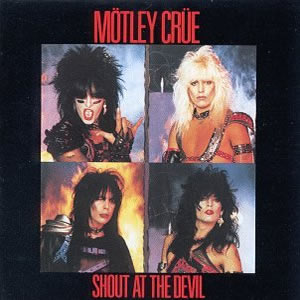
Buy Shout at the Devil Shout at the Devil is the point where Mötley Crüe‘s musical range widened and the perfect template for “hair metal” was forged for the coming years. Coming nearly […]
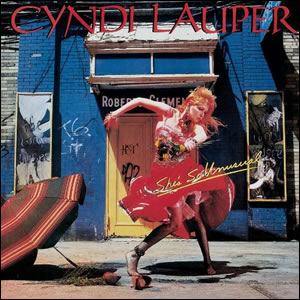
Buy She’s So Unusual One of the most successful pop debuts ever, She’s So Unusual by New Yorker Cyndi Lauper, went on to spawn four top-five hits, a first for a debut album […]
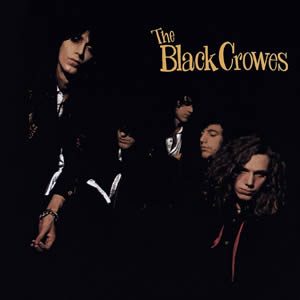
Buy Shake Your Money Maker The Black Crowes’ impressive debut brought old-school, blues-flavored rock to the forefront in 1990. A quarter century after its release, Shake Your Money Maker is still the group’s […]
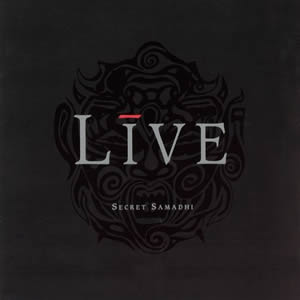
Buy Secret Samadhi The third overall album by the rock quartet Live, the 1997 release Secret Samadhi debuted on the top of the American charts immediately after its release. The album is named […]
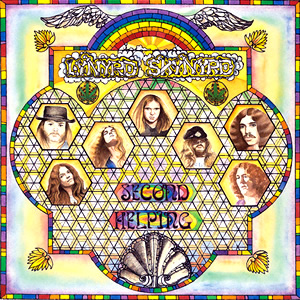
Buy Second Helping After their acclaimed, classic 1973 debut album, Lynyrd Skynyrd returned with the equally impressive Second Helping, where they continued to forge the emerging genre of Southern-fried rock. Like the first […]
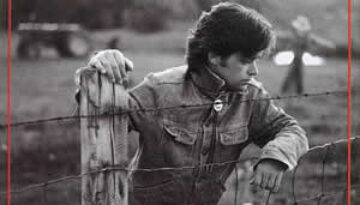
Buy Scarecrow While much of popular music in 1985 was moving towards more synth-based compositions and refined production, John “Cougar” Mellencamp decided to return to his roots on Scarecrow. In fact, Mellencamp was […]
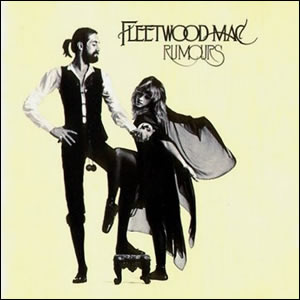
Buy Rumours It took the band Fleetwood Mac ten albums and many lineup shifts to achieve mainstream commercial success, but the group got there with their 1975 eponymous release. This was the first […]
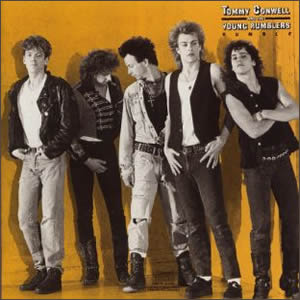
Buy Rumble Tommy Conwell and the Young Rumblers, a popular Philadelphia area “bar band”, caught the attention of Columbia Records when their 1986 independently released album, Walking on the Water, sold very well […]
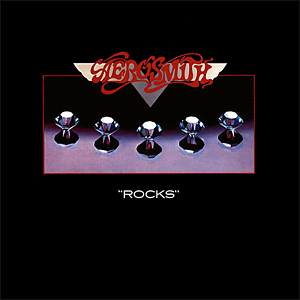
Buy Rocks We commence our look at 1976 with a review of the fourth of four great albums by Aerosmith that launched their career during their classic period of the 1970s. Starting with […]
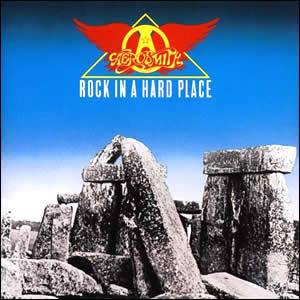
Buy Rock In a Hard Place Rock In a Hard Place is considered by some to not be a “real” Aerosmith album because it is the only one to not include all five […]